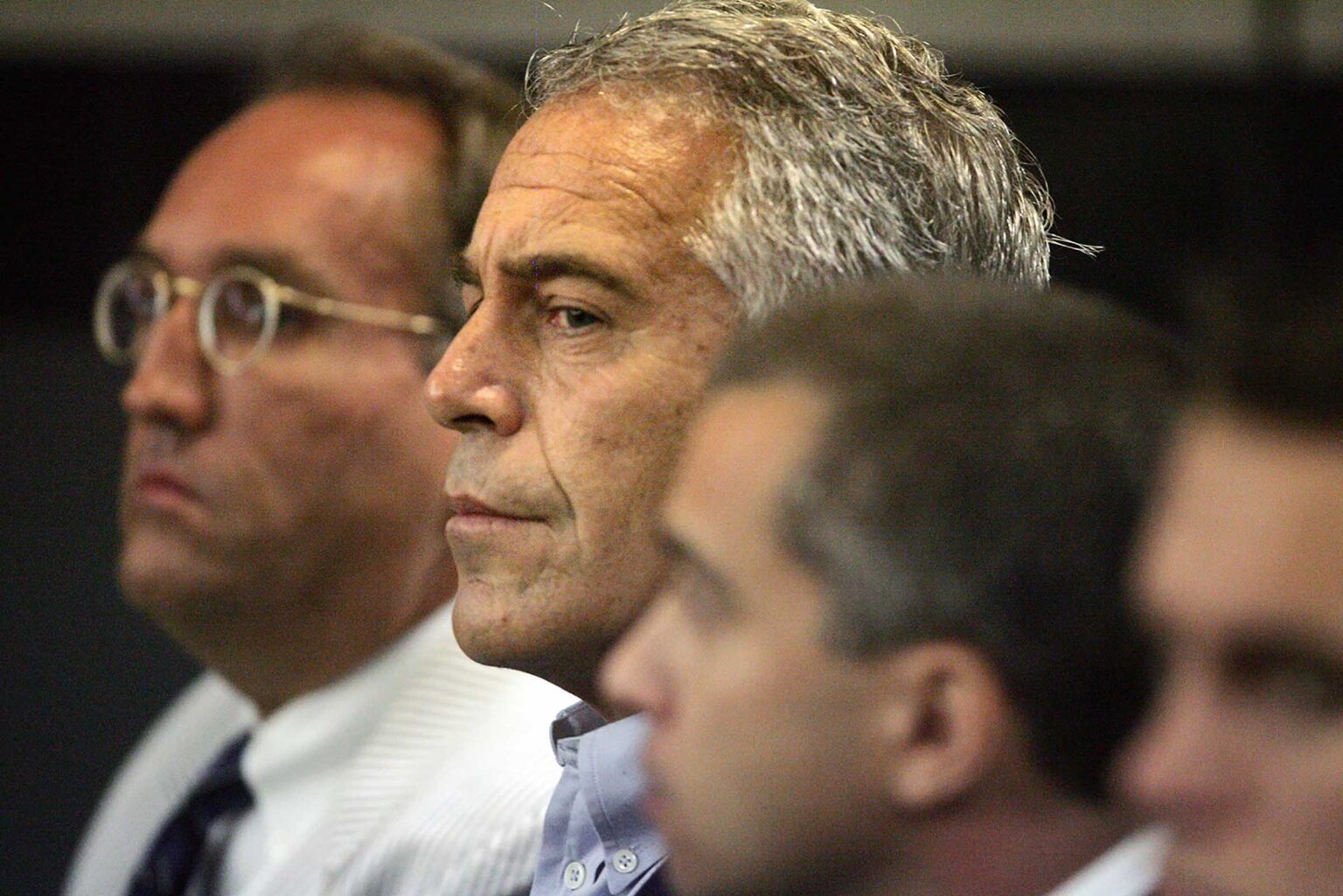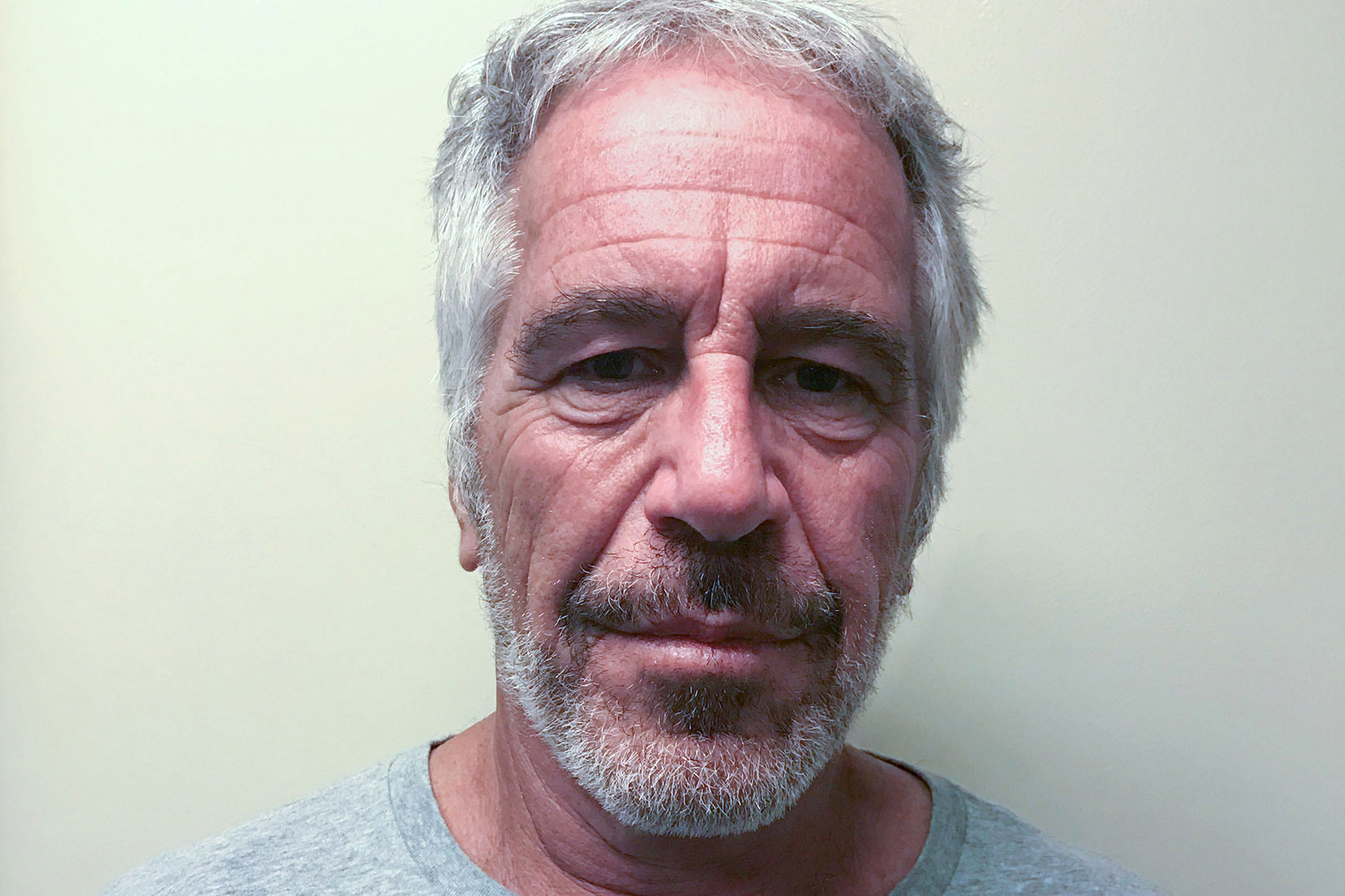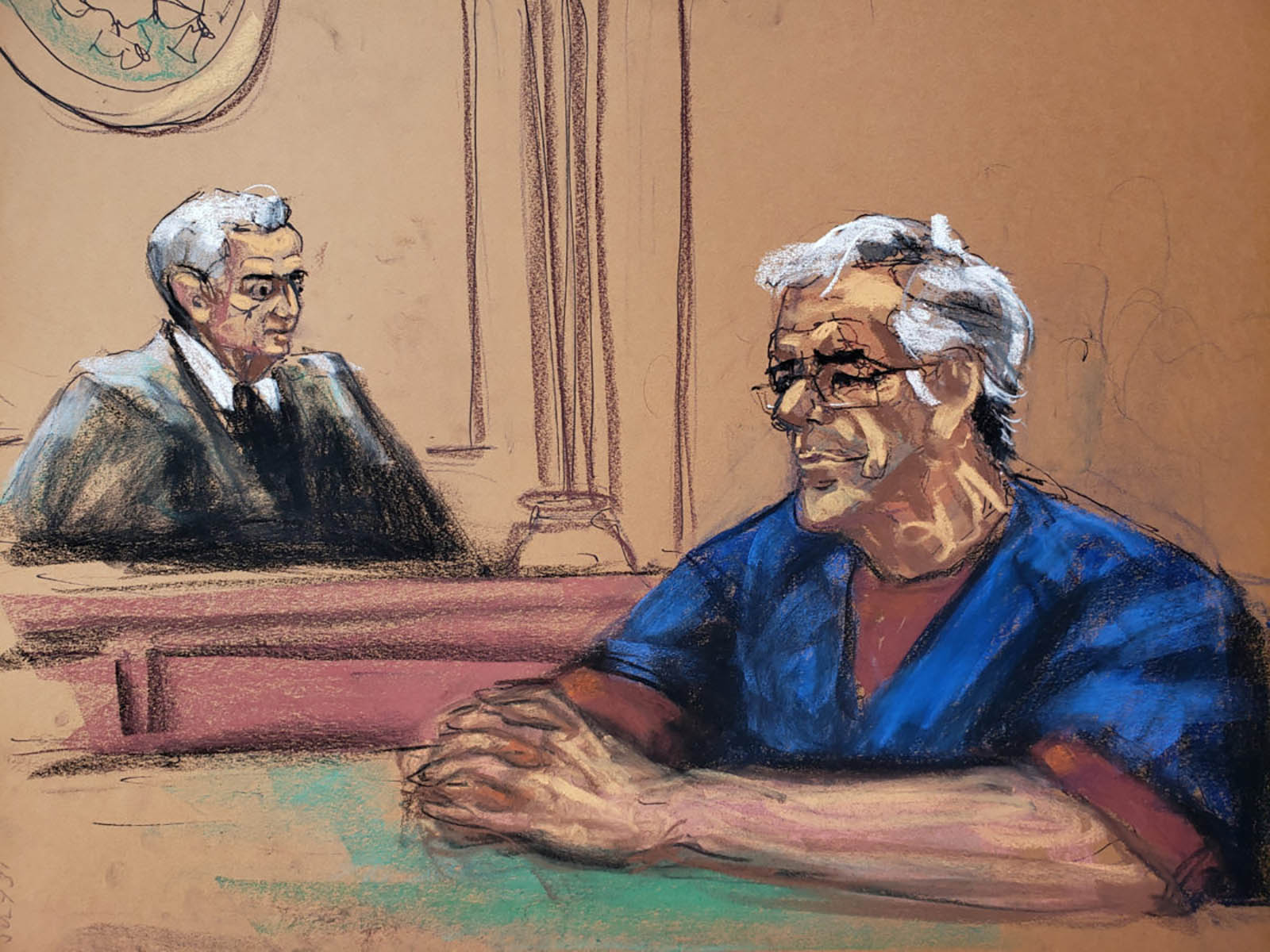
All the questions we still have about Jeffrey Epstein’s death
Almost a year after Epstein’s death, it’s still not clear what exactly happened to him in his cell in the hours before he died.
There were competing autopsy reports, with one suggesting that Epstein did not die by hanging but was the victim of a homicide. Also scandalous bungling at the Metropolitan Correction Center in lower Manhattan included guards failing to watch him despite a previously failed suicide try just two weeks previous.

Pathologist probe
Michael Baden, the pathologist hired by Epstein’s brother to investigate his death, has consistently said that he doesn’t believe the disgraced financier dies by suicide, despite the official ruling that he killed himself.
Speaking on the one–year anniversary of Epstein’s death in federal custody, Baden, a former New York City medical examiner who has worked on high–profile cases during a five-decade medical career, outlined some of the questions that remain unanswered.

Diagnosis: murder
“The three fractures in the neck are much more typical of a strangulation than of a suicidal hanging,” Baden remarked, adding that it is still unknown, a year later, what the position of Epstein’s body was when he was found.
“Was he hanging? Was he on the ground?” Baden went on to say, “The noose that was found next to him, made from a sheet . . . We don’t know yet what the DNA was on that noose. They should have had DNA a long time ago. Did it match Epstein or somebody else? We don’t know if the door of the cell was locked or unlocked.”
Larynx alarm
At the time of his death, Baden said the sixty-six-year-old Epstein had two fractures on the left and right sides of his larynx, specifically the thyroid cartilage or Adam’s apple, along with one fracture on the left hyoid bone, above the Adam’s apple.
In January, Baden said that “in hanging, one doesn’t get three fractures of the Adam’s apple and the bone, the hyoid bone above it. That just doesn’t happen.”
Perfect screwups
The events that preceded the death of Jeffrey Epstein were “a perfect storm of screwups,” said US Attorney General William Barr. They actually began weeks before he was found unresponsive in his cell on the morning of August 10, 2019 and date to July 23 at 1:27 a.m. when Epstein was found on the floor of his cell in a fetal position, with bruises around his neck in what authorities said was an attempted suicide.
His cellmate at the time – a former police officer charged in a quadruple homicide – claimed to have saved his life when he alerted prison guards. Nicholas Tartaglione, fifty-one, said through his lawyer that he had become “good friends” with Epstein and denied previous reports that he had beaten him in their cell.

Suicide surveillance
Epstein was placed immediately on suicide watch and one week later that watch was moved to “heightened psychological observation”, which required he have a cell mate & guards monitoring him every thirty minutes.
But on August 9, 2019, an unidentified cellmate was removed from Epstein’s cell and transferred to another facility. At 7:49 p.m., Tova Noel, a federal prison guard, returned Epstein to his cell after meeting with his attorney. Noel was supposed to conduct an inmate count, but surveillance video showed that she and another unidentified guard failed to do so.

Messed up morning
By midnight, Noel was joined by another prison guard, Michael Thomas. They did not check in on Epstein as required, and later fessed up to a supervisor. When they went to take him breakfast at 6:30 am on August 10, 2019 they discovered Epstein unresponsive in his cell. MCC staff tried to revive Epstein, according to the Bureau of Prisons, before a call was placed to emergency responders.
As he lay on a gurney, New York Post photographer William Farrington snapped Epstein as an EMT used a breathing apparatus in an attempt to revive him. The photo immediately birthed conspiracy theories that Epstein had been silenced by powerful forces.
An internet meme – “Jeffrey Epstein didn’t kill himself” – erupted on social media and many noted that he had died less than a day after a portion of more than 2,000 documents containing salacious testimony from his sex–abuse victims were unsealed.

Guards on trial
The two federal corrections guards were arrested in November 2019. A grand jury indictment accused Noel & Thomas of neglecting their duties by failing to perform required checks on Epstein every half hour, and of fabricating log entries to show they had. The guards were working overtime because of staffing shortages when the body was found, and was placed on administrative leave during the investigation.
“They were arrested & charged federally because they won’t say what the condition of Epstein was or the condition of the cell was when they found him,” Baden said. “That’s bizarre why the guards wouldn’t tell anybody.”
“They are now awaiting federal trial and can get up to fifteen years for not saying what the findings were when they found the body,” Baden continued, noting that the guards were supposed to go to trial back in March 2020, but the trial is still pending because of the coronavirus.





